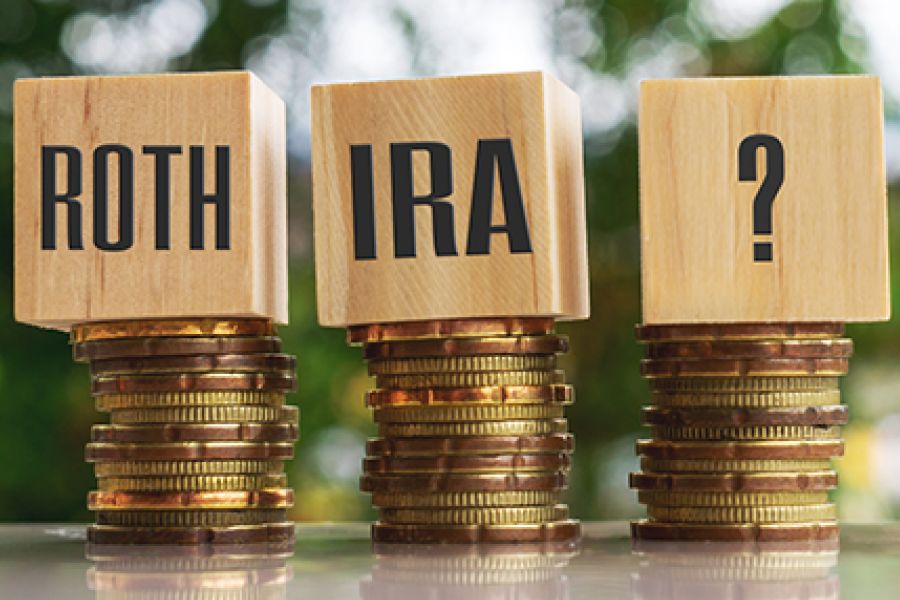An Ideal Time for Roth IRA Conversions

Roth IRAs offer significant estate planning and financial benefits. Do you have a substantial balance in a traditional IRA and are considering converting it to a Roth IRA? There may be no better time than now. The Tax Cuts and Jobs Act (TCJA) reduced individual income tax rates through 2025. As such, it may be an ideal time for Roth IRA conversions. By making the conversion now, the TCJA enhances the benefits of a Roth IRA.
Estate planning benefits
The main difference between traditional and Roth IRAs is the timing of income taxes. With a traditional IRA, your eligible contributions are deductible on your tax returns but distributions of both contributions and earnings are taxable when you receive them. With a Roth IRA, on the other hand, your contributions are nondeductible — that is, they’re made with after-tax dollars — but qualified distributions of both contributions and earnings are tax-free if you meet certain requirements. As a general rule, from a tax perspective, you’re better off with a Roth IRA if you expect your tax rate to be higher when it comes time to withdraw the funds. That’s because you pay the tax up front, when your tax rate is lower.
From an estate planning perspective, Roth IRAs have two distinct advantages. First, unlike a traditional IRA, a Roth IRA doesn’t mandate required minimum distributions (RMDs) beginning at age 70½. If your other assets are sufficient to meet your living expenses, you can allow the funds in a Roth IRA to continue growing tax-free for the rest of your life, multiplying the amount available for your loved ones. Second, after your death, your children or other beneficiaries can withdraw funds from a Roth IRA tax-free. In contrast, an inherited traditional IRA comes with a sizable income tax bill.
An ideal time for Roth conversions? Why now?
The TCJA’s tax changes may make it an ideal time for a Roth IRA conversion. You’ll have to pay federal taxes when you convert from a traditional IRA to a Roth (and possibly state taxes too). But as previously discussed, Roth IRAs offer tax advantages if you expect your tax rate to be higher in the future.
By temporarily lowering individual income tax rates, the TCJA ensures that your tax rate will increase in 2026. Of course, a future Congress extend the sunset date. Future tax rates are irrelevant, of course, if you plan to hold the funds for life and leave them to your loved ones. In that case, you’re generally better off with a Roth IRA, which avoids RMDs and allows the full balance to continue growing tax-free.
Proceed with caution
If you’re contemplating a Roth IRA conversion, discuss with me the costs, benefits and potential risks. While it may be an ideal time for Roth IRA conversions, it’s important to be cautious. That’s because, once you convert a traditional IRA to a Roth IRA, you’re stuck with it under current law. TCJA repealed a provision that previously made it possible to “undo” a Roth IRA conversion. An option that was great when the conversion turned out to be a mistake.
(This is Blog Post #607)


